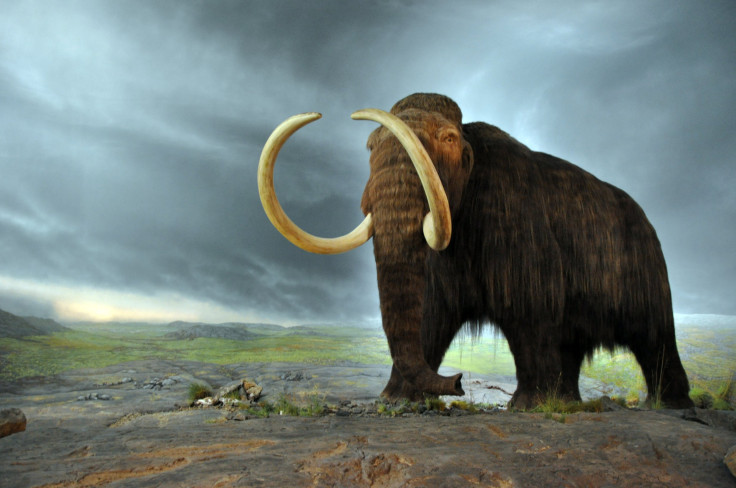Scientists Retrieve Mammoth Tusk From Deep Sea Off California Coast
KEY POINTS
- Researchers confirmed the tusk to be that of a Columbian mammoth
- The tusk is about a meter in length
- How it ended up in the deep sea remains unknown
Scientists discovered a rather out-of-place object in the deep sea off the coast of California: a tusk. They now confirm that it actually belonged to a mammoth.
The deep sea is certainly full of interesting sights and creatures, but perhaps something that one would not immediately expect to see here is a mammoth tusk. However, that's exactly what a team of scientists spotted during an expedition aboard the R/V Western Flyer in 2019, some 300 kilometers (185 miles) off the coast of California and 3,070 meters (10,000 feet) deep, the Monterey Bay Aquarium Research Institute (MBARI) noted in a news release.
The item looked quite like an elephant's tusk at that time, and the team was only able to take a small piece of it. But in July 2021, the team went back to retrieve the specimen and researchers were finally able to confirm that it was, indeed, a tusk of a Columbian mammoth (Mammuthus columbi).
In 34 years of deep-sea research, this might be one of our most unique discoveries yet: an ancient tusk of a mammoth.🌊🦣
— MBARI (@MBARI_News) November 23, 2021
Now, a research team from MBARI, @EpsUcsc, @UCSC_PGL, @ucscgenomics, and @UMichPaleo are studying this fascinating find. Learn more: https://t.co/8fw1n5bCWn pic.twitter.com/J2DcDPALlD
It's possible, the researchers noted, that the cold and high-pressure environment of the deep sea helped preserve the tusk.
"This specimen's deep-sea preservational environment is different from almost anything we have seen elsewhere," Daniel Fisher, a paleontologist at the University of Michigan who specializes in mammoths and mastodons, said in the MBARI news release. "Other mammoths have been retrieved from the ocean, but generally not from depths of more than a few tens of meters."
The tusk is about a meter in length, the University of California Santa Cruz (UCSC) noted in a news release. Because of how well it has been preserved, researchers have the chance to study it in greater detail via CT scans and a DNA test. Through these, they can find out more about the creature, including its age and history.
For now, analysis of radioisotopes suggests that the tusk is over 100,000 years old, MBARI noted. It's possible that it is the "oldest well-preserved mammoth tusk recovered from this region of North America."
"Mammoth remains from continental North America are particularly rare, and so we expect that DNA from this tusk will go far to refine what we know about mammoths in this part of the world," Beth Shapiro, who leads the team of researchers at the UCSC Paleogenomics Lab, said.
How exactly it ended up that far from the shore is also unknown. However, carcasses of animals such as modern alligators or even Cretaceous dinosaurs have been swept out into the ocean before, reported Gizmodo.
"We were wondering if it could have drifted all the way from Alaska, or if it took the short route from the California coast," Steven Haddock, a marine biologist who was among the scientists who spotted the tusk in 2019, told the outlet in an email.
A team of researchers will look into "when and how" the tusk arrived where it did so deep offshore, MBARI noted. A look at the oceanographic currents may also shed light on where exactly it came from.
"In the deep sea, we find lots of amazing animals which people would not believe exist on Earth, but finding this mammoth tusk, so deep and so far from shore, was by far the most improbable thing I've experienced," Haddock told Gizmodo.
"(T)his surprising discovery, hidden on the seafloor for eons, serves as a fragile reminder of the many remaining mysteries worthy of our protection," the news releases noted.

© Copyright IBTimes 2024. All rights reserved.






















